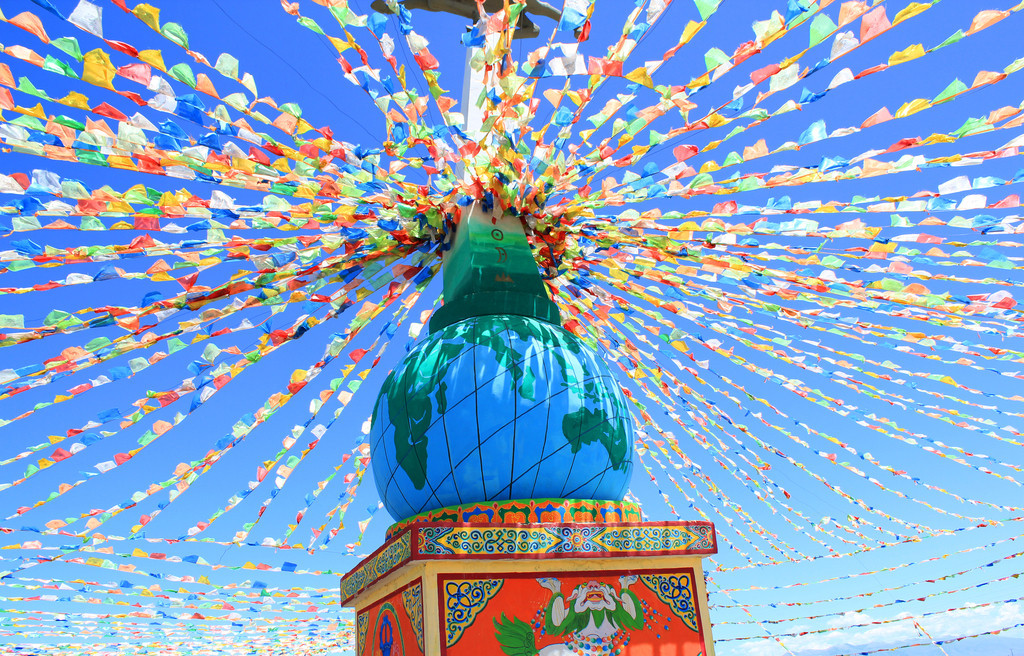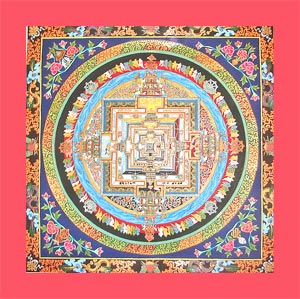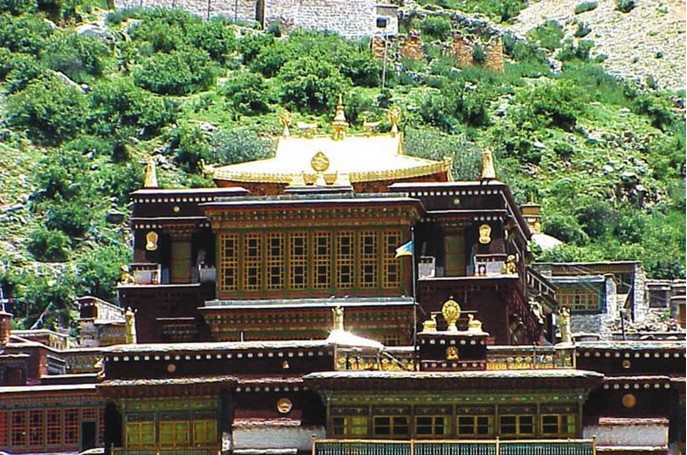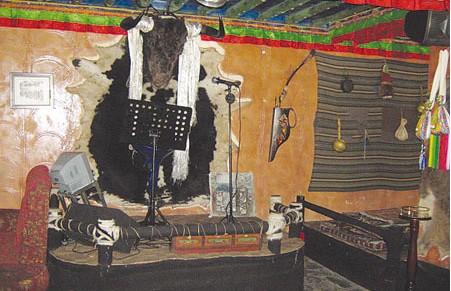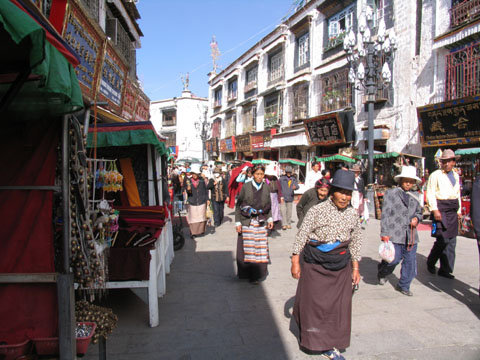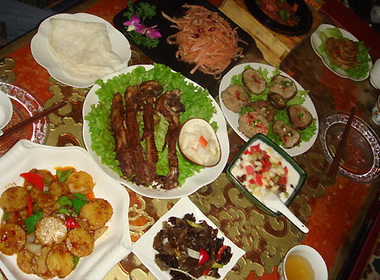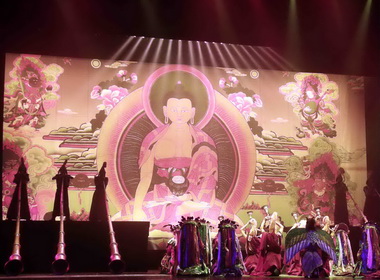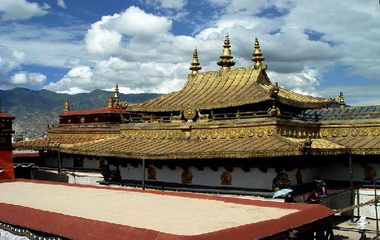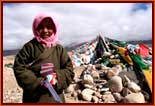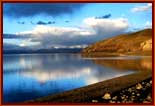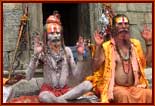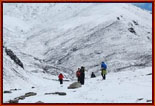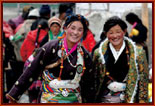Tsupu Monastery:1st Karma Kagyu monastery
Near the upper reaches of the Tsupu River, just six kilometers west of Lhasa, there is an ancient monastery built over eight centuries ago. The Tsupu Monastery, the first of its kind for the Karma Kagyu, houses one of the four sects of Tibetan Buddhism, and the renowned reincarnation of the living Buddhas was initiated in this monastery.
It's a cold day in Tsupu Monastery, thousands of meters above sea level. And the atmosphere here is nothing but cold.
In the monastery, artists are performing traditional Tibetan opera, which attracts a number of viewers. And there is a free supply of deserts. But this is not a religious event, nor any traditional festival. It's a graduation ceremony for the monks. Those with excellent grades will be put through another three years of cultivation, in order to become a Lama.
De Gea, Lama of Tsupu Monastery said During cultivation, we live in a confined room, day and night. We would sit cross-legged, whether during sutra studies or break time. A special lecture teaches us the disciplines. Each Karma Kagyu monk usually has their own Guru Rinpoche. We emphasize on teaching orally.
De Gea says monks are completely cut off from the outside world during cultivation, with food passed to them through a special window.
The place for the discipline is a mountain behind the monastery, which is called Mount Weide, meaning power and virtue. It's named after a patron saint in Tibetan Buddhism. The monastery is surrounded by mountains on three sides. One of the mountains is called the Han Mountain, name after a Han God.
The Abbot of Tsupu Monastery said during the Ming Dynasty, Karmapa the second went to Beijing. He was bestowed with handsome rewards. In order to protect these rewards, Guan Yu was invited to the Tsupu monastery as a God, and the name of the mountain was into Han Mountain. There is also a temple in the mountain dedicated to Guan Yu. Now the statue of Guan Yu is presented with other Tibetan Buddhas. And in the wall paintings of Tsupu Monastery, Guan Yu is painted as a Tibetan-looking God.
Every year, the monastery will hold sacrificial events. Strong Han characteristics can be easily identified in the costumes used in these celebrations.
Monk at Tsupu Monastery said these clothes were what people wore during the Ming Dynasty. Karmapa the fifth went to Beijing and was warmly welcomed by the emperor. To honor the history, Karmapa the fifteenth put the Han style clothes and people as characters in our opera.
The Han mountain, the Guan Yu Statue, and Han elements in Tibetan opera... For centuries, what the Tsupu Monastery is passing on is not just its own culture and tradition, but also a beautiful piece of history.


